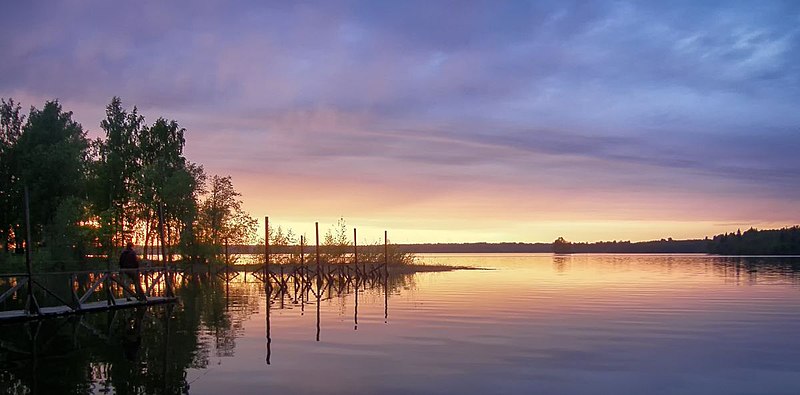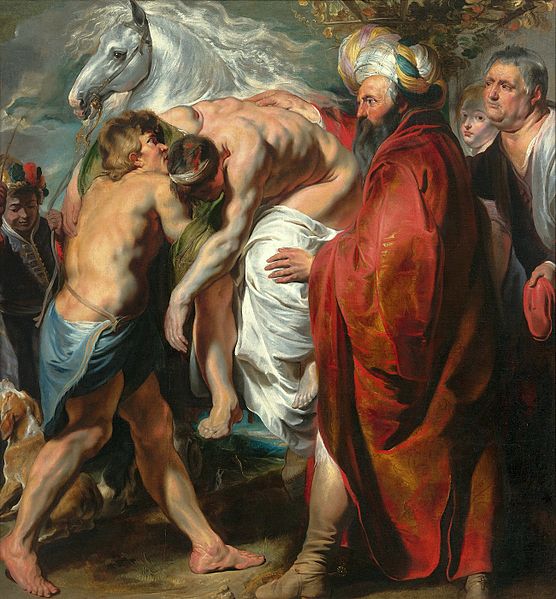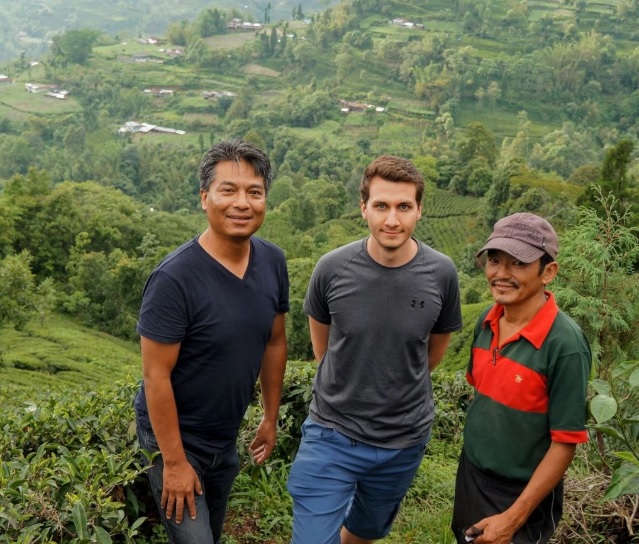One of the nerdy pursuits we in the tea community like to pay attention to is origin. Single origin teas are the bread-‘n-butter of tea geekery. However, outside of good ol’ Camellia sinensis, herbal infusions aren’t really given the same consideration. That is, unless the herb in question can’t be found outside of a certain region—like with, say, rooibos.
I mean, sure, there might be German chamomile stans versus Egyptian chamomile stans, but I haven’t run into any. Actually, come to think of it, there are “wars” about who produces better peppermint (Oregon or Washington), but those are slap-fests at best. Conversations about herbal terroir rarely happen. At least, not in the tea circles I orbit.
Well . . . then I started exploring Ivan Chai. And that led me to one particular lake, in one particular region of Russia, with one hell of a unique approach. Let’s just say my perspective was turned in on its figurative eyelid.

Image mooched from Wikipedia


